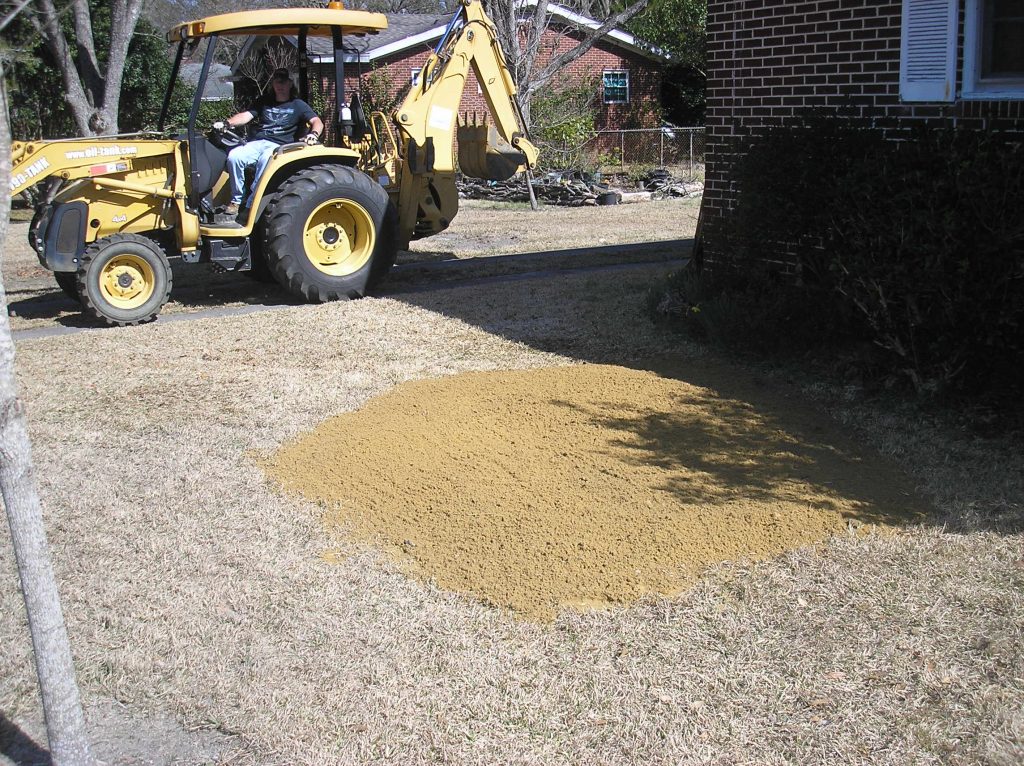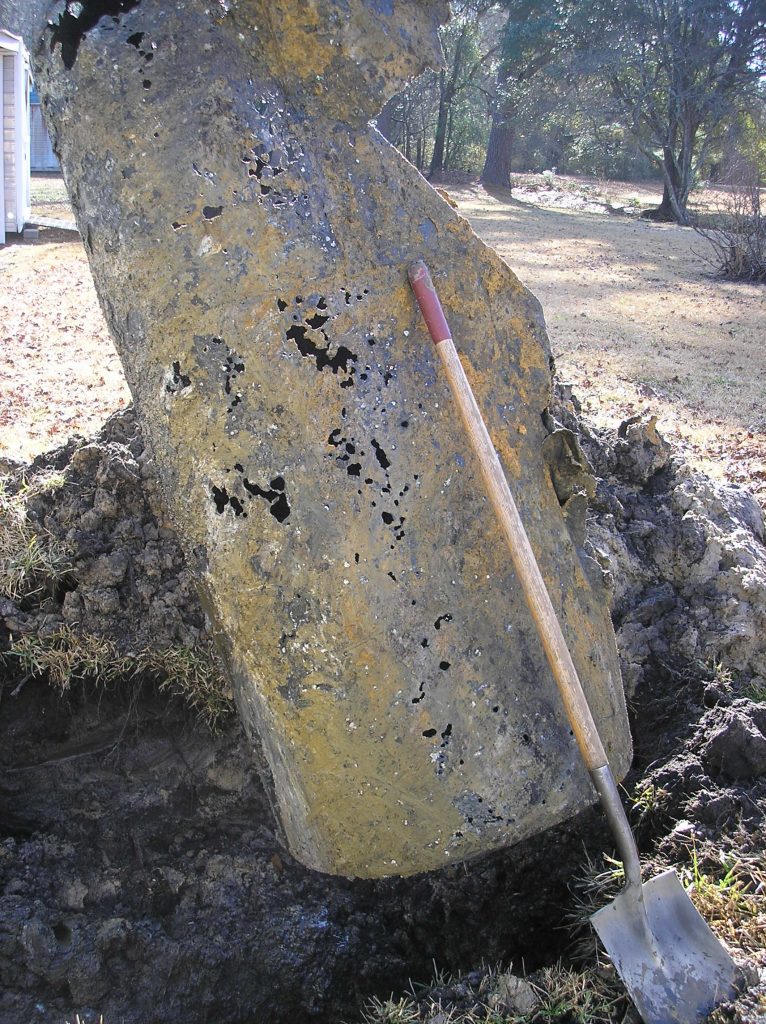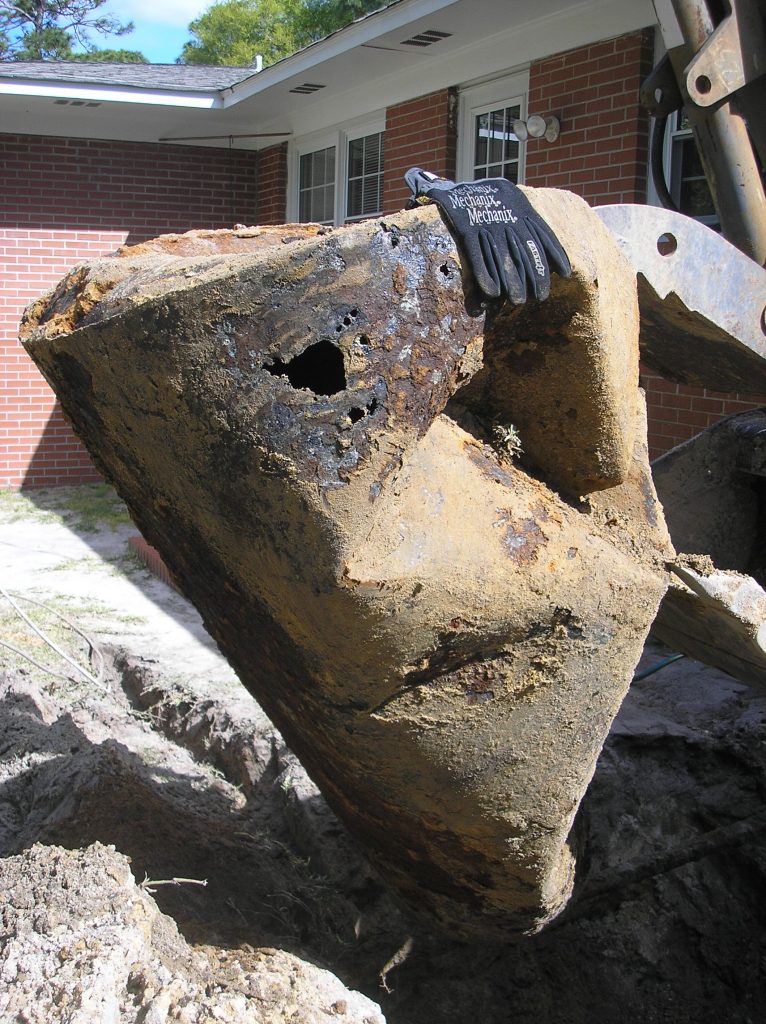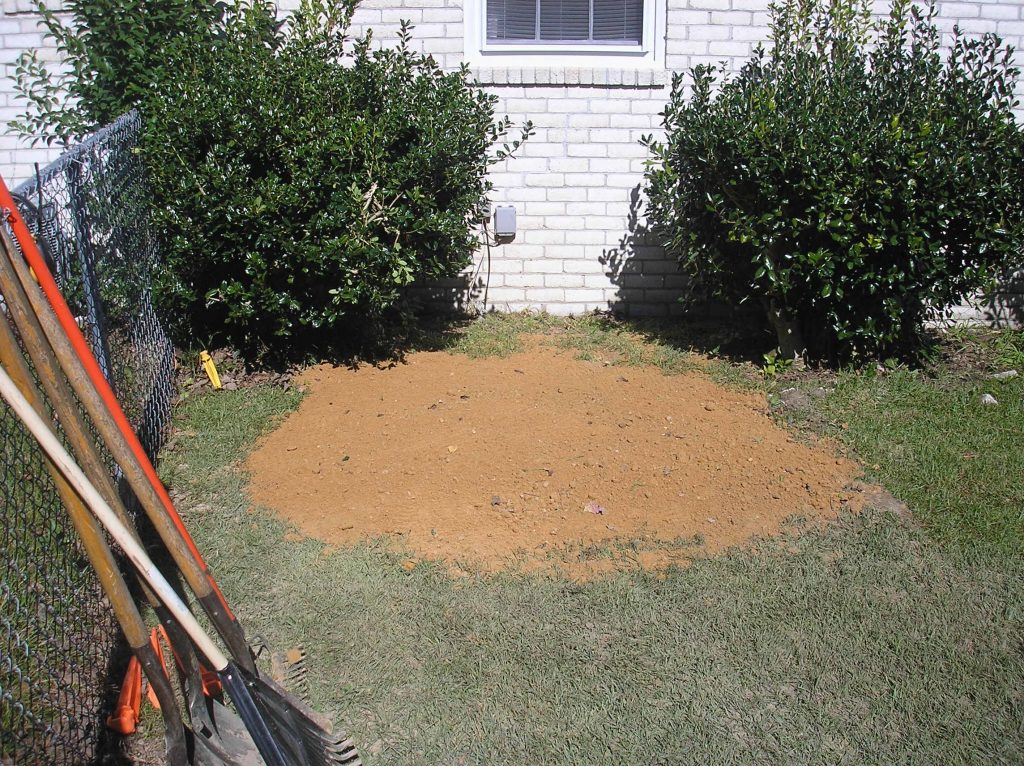Practical Environmental Solutions “requires” that you are a satisfied customer.
From our detailed Tank Closure Report to the final look of your yard, we want you to be pleased with your tank removal experience so that you will recommend us to others.

We can’t change the facts and we didn’t write the State regulations, but we can complete the required State process as simply and quickly as possible.
Practical Environmental Solutions offers you a turnkey service to properly close your tank and conduct any additional services that you select from our site specific “options menu.”

What’s required for non-leaking tanks?
Although rare, there are some tanks still in the ground that haven’t leaked yet. If you have one of these, you should remove the tank as soon as possible to ensure a “clean closure.” If tanks are removed and documented “clean/not leaked,” then nothing else is required by the State.
For “clean closures” documentation is the key.
Because the State will not “sign off” on “clean” tanks, you need a licensed professional to document that no leak has occurred.
Bubba Backhoe’s invoice for removing the tank or the sellers saying “Yeah, everything is good,” … isn’t good enough. There is a lot of dishonesty and incompetency out there.
You need a Tank Closure Report documenting exactly what was done. Where was the tank located? Who pumped the tank contents and where did it go? Who accepted the tank and signed the disposal manifest? What is the soil sample result and what does it mean? Who is the licensed professional that conducted the work and sealed the report?
The State only accepts sample results from a licensed geologist or engineer as valid confirmation of soil conditions, clean or contaminated.
If the sample results document that the tank did not leak, then no State reporting or “incident closure” process is necessary.

What’s required for leaking tanks?
Currently, the State is enforcing 3 requirements for leaking heating oil tanks.
- Stop the tank from leaking (i.e. wash, empty and remove the tank).
- Report the leak after discovering contamination above the State’s “action levels.”
- Complete an “incident closure” process.
1) Stop the tank from leaking.
Every tank, removed or closed in-place, must be uncovered and cut open so that the liquid can be pumped and the interior sludge washed out.
Practical Environmental Solutions makes sure that we do not physically move the tank before it is completely pumped empty. This eliminates the chance for any slops or spills during the removal process.

After we have opened the tank top to wash out the petroleum sludge caked on the bottom and sides of the tank, it is not a lot of extra work the physically remove the tank from the ground.
We can’t effectively pack fill material inside an open tank. However, removing the empty tank allows us to pack the back fill material in the excavation so that no settling will occur. Most buyers will prefer the tank to be physically removed from the property because it eliminates the need to remove the tank later, and it prevents the buyer from becoming a legal tank owner.
2) Report the tank “release” to the State.
Practical Environmental Solutions routinely does this for our clients as an included part of the tank removal scope of work. Practical Environmental Solutions fills out the required State forms carefully to help keep an honest but low profile. Because we are licensed and routinely conduct tank removals, the State knows us and trusts our work.
The State of North Carolina requires that all petroleum spills and leaks be reported to the State’s UST Section within 24 hours of discovery. Once contamination is reported, the State will assign an incident number and will request additional information to allow them to rank the risk of the petroleum release. For residential heating oil tanks, the State is going to rank the incident as either High or Low.

Essentially a High Risk sites are where a well is located within 150 of the leaking tank. Many people are quick to say “everyone is on public water and so there shouldn’t be a problem.” However, in many areas, houses have irrigation wells that are used for irrigation, outside spigots, gardening, or filling a swimming pool (or play pool). Any of these uses puts a person at risk of exposure to petroleum contaminated groundwater.
If any wells are within 150 feet of the tank, the State will require that well(s) either be sampled to show that the well is not contaminated or properly closed by a well contractor and verified to the State. Once the well is shown to be clean or is properly abandoned, the State can rank the incident site as “Low” risk and you can proceed with the incident closure process.
3) Complete the Incident Closure Process.
This process is only necessary if contaminated soil or groundwater remains on the property after tank removal and contamination cleanup.
The incident closure scope of work is not required if all of the contaminated soil is cleaned up before impacting groundwater.

This process can vary depending on the specifics of each project site, but it primarily consists of completing a Notice of Residual Petroleum (NRP) process and a Public Notice process.
Completing the Notice of Residual Petroleum is a multi-step process where a legal document is drafted, signed by the property owner, and then approved and signed by the State. It is subsequently filed with the Register of Deeds and verified back to the State. The NRP identifies the property, maps the location of contaminated soil, and includes language not allowing a well to be used on the property (unless the existing well is shown to be uncontaminated).
The Notice of Residual Petroleum is an important step to limit the liability for the current property owner and for later buyers.
After accepting the recording verification, the State will send a “Conditional No Further Action” letter. This letter is used to complete the Public Notice process.
The Public Notice involves sending certified notifications to adjacent owners and other county and city officials stating that contamination remains on the tank removal property but that the State is not requiring additional cleanup or monitoring.

Once all of the “Public Notice Process” is completed and verified, the State will send a final “No Further Action” letter officially closing the incident.
It typical takes several weeks from tank removal to receive the final “No Further Action” letter. … We can compress this time somewhat if you are on a tight schedule.
Let’s talk about your time requirements.
Please remember:
Although the State is not currently enforcing the statute and regulation cleanup requirements, they could require contamination cleanup later if you don’t cleanup now.
Conducting at least a partial contamination cleanup may reduce the chances of the State requiring cleanup later.
More importantly, even a partial cleanup will help to eliminate or reduce damages caused by your contamination migrating off your property.